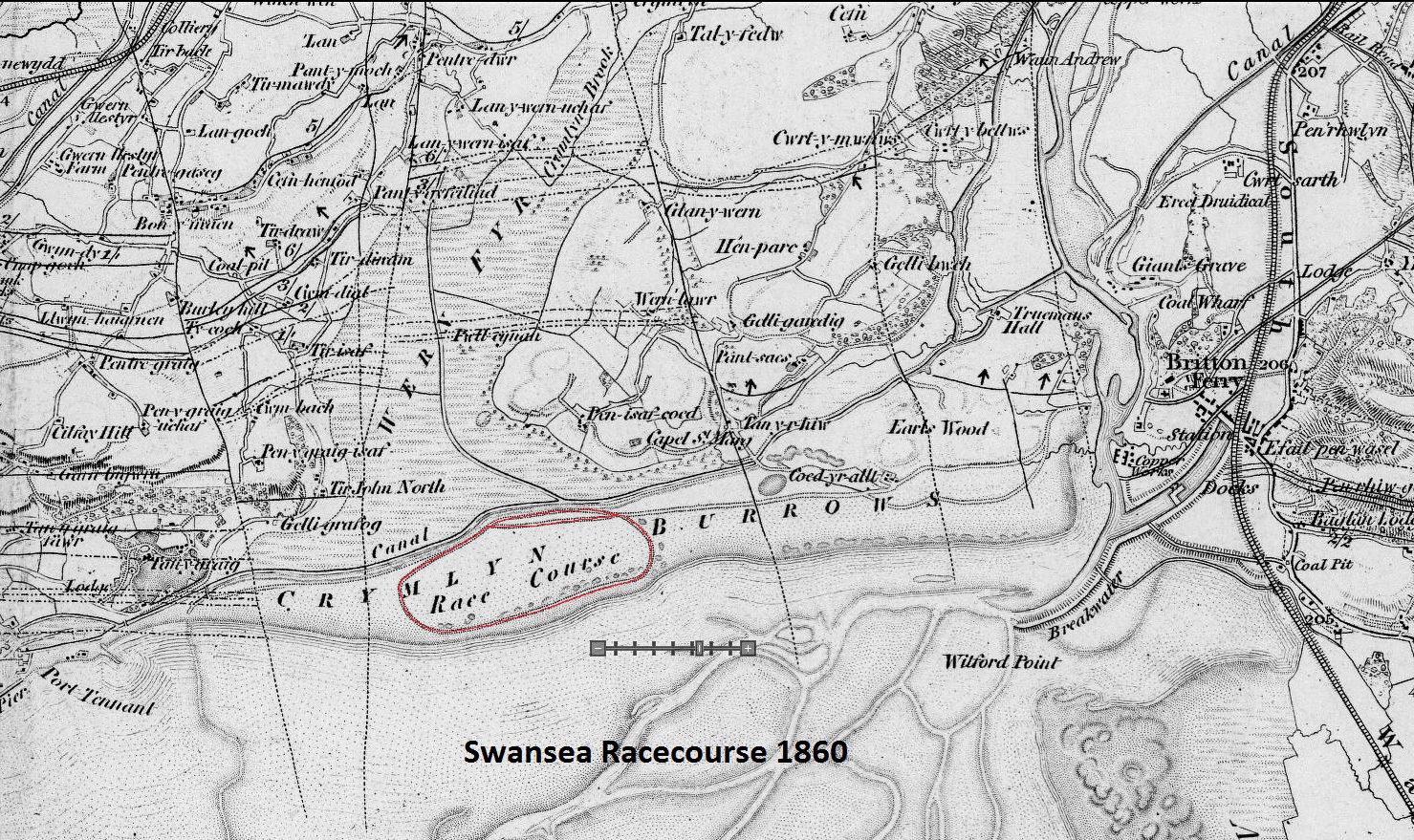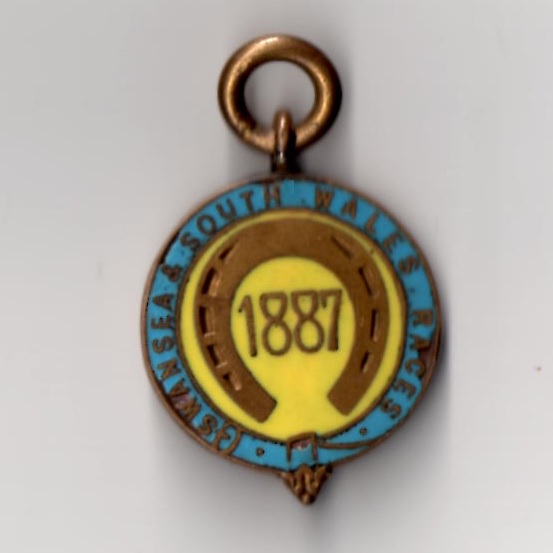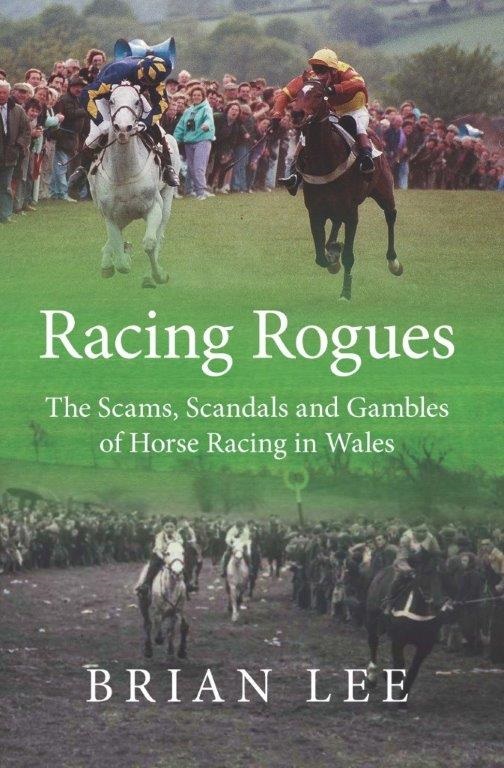Earliest meeting: August 1790
Final meeting: Monday 21st May 1888
Early reports show that racing first took place at Crymlyn Burrows, a large tract of waste land on the Neath road, as early as 1790, although no mention is made in the Racing Calendar until the three day meeting from Wednesday 3rd to Friday 5th August 1803. That meeting opened with a lowly Maiden Plate won by Colonel Kingscote’s Tango, beating Brandy Nan and Botheranda. The Swansea Free Plate on the final day of the meeting was also won by Tango. Meetings continued, generally 3 day events held in July, although records indicate that it was sometimes scheduled for August. They were social affairs often spreading over a week with Ordinaries and Race Balls. Racing continued at the same venue until 1815, in later years under the hands of James Simpson. Racing resumed in 1823 and, by then, the nature of racing had changed with an increasing number of handicaps, but racing only lasted the one year. After frequent planning meetings in the early 1830s, local tradesmen and publicans organised an annual meeting called the Swansea and Neath Race meeting. There was forward thinking involved in its organisation, with a Selling race introduced in the mid 1830s and later Weight for Age racing, which was unusual at that time. The meetings were launched in 1834, a hurdle race introduced in 1837 and such was the popularity and profitability of the meeting that a grandstand was built in 1838, with cards staged until 1847. There was a further brief period of racing between 1855 and 1858, while in September 1866 a ‘Swansea and Mumbles’ meeting was held in the vicinity of Swansea. By 1886 there was a new thirst for racing in the Swansea area and a meeting took place at Clyne Valley, about 150 yards from the colliery, in October. The railway helped to swell the crowd to almost 4000 people who enjoyed a five race card. The meeting, successful at first, was to last until Monday 21st May 1888 under rules, after which racing continued until 15th September 1927, but increasingly involved Galloway and pony racing.
James Whyte’s History of the British Turf notes that racing first took place at Swansea on a racecourse of 2 miles circumference (often called Swansea & Neath races), in what was then Glamorganshire, in 1803 and racing usually consisted of a two day meeting at the end of August. The course was on Cremlyn Burrows, a large tract of waste land on the Neath road. Whyte records the August 1839 races as:-
The Glamorganshire Stakes over 2 miles;
The Scurry Stakes;
Swansea Free Handicap over 3 miles;
Swansea Stakes given by tradesmen of Swansea;
The first occasion Swansea races were included in Baily's Racing Register was in 1836 and race details are shown below.
Friday 5th August 1803
Swansea Free Plate over 4 miles
1. Tango, 4 year old owned by Colonel Kingscote
2. Highlander, grey gelding owned by Mr Jenner
3. King Edward, bay gelding owned by Mr Edwards
Wednesday 17th to Thursday 18th August 1836
The Glamorganshire Stakes over 2 miles
1. Changeling owned by Mr J.H.Peel
2. Nell Gwynne owned by Mr Fuller
3. Doctor Slop owned by Mr Bristow
4. Barney Bodkin owned by Mr Harris
Swansea Handicap Stakes over 2 miles
1. Barney Bodkin owned by Mr Harris
2. Dandina owned by Mr Gough
3. Hatfield owned by Mr Gough
It was re-established for a 4 year period from 1855 to 1858.
I am grateful to Rick Hughes for sending the map shown below, which shows the racecourse circa 1860.

For all the hype for the 'super meeting', and the success of the first meeting, the momentum could not be maintained. Whilst a further meeting took place on August Bank holiday 1887, the writing started to appear on the wall by Christmas of that first year. The crowd size was disappointing, the gate take was low and the associated Swansea Race Ball had to be cancelled. Could such a glorious meeting survive?
As glorious and well planned as the meeting was, it was doomed to failure because of the expense of running such a meeting. The final meeting took place in June 1889.

Once again the meeting was re-established in 1910 continuing for a more prolonged period until the final meeting held on 15th September 1927.
I am grateful to Ordnance Survey (© Crown Copyright) for permission to use the map shown below.
.jpg)
of Horse Racing in Wales published by St David's Press at £12.99 the cover of which is shown at the bottom of this page.
The top picture on the cover shows Peter Bowen's prolific Brunico beating Alf Mahaba at the Gelligaer Farmers
Hunt Races in 1993, and the bottom one is of a Welsh flapping meeting.
For further reading 'All bets are off' by Robin Campbell ISBN 1 84323 198 0 provides excellent detail and is very well written.
If you have photos, postcards, racecards. badges, newspaper cuttings or book references about the old course, or can provide a photo of how the ground on which the old racecourse stood looks today, then email johnwslusar@gmail.com
Much of the information about this course has been found using internet research and is in the public domain. However, useful research sources have been:-
London Illustrated News
Racing Illustrated 1895-1899
The Sporting & Dramatic Illustrated
Northern Turf History Volumes 1-4 by J.Fairfax-Blakeborough
The Sporting Magazine
A Long Time Gone by Chris Pitt first published in 1996 ISBN 0 900599 89 8
Racing Calendars which were first published in 1727




